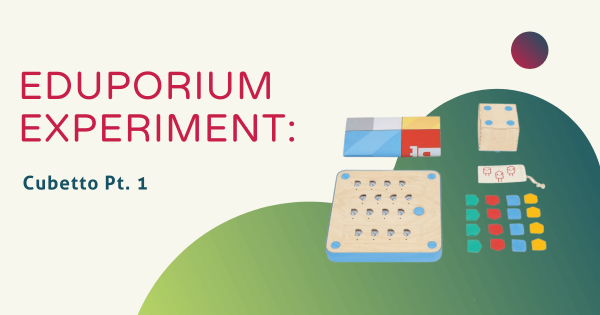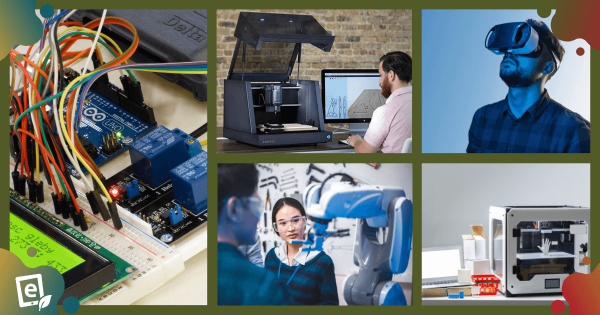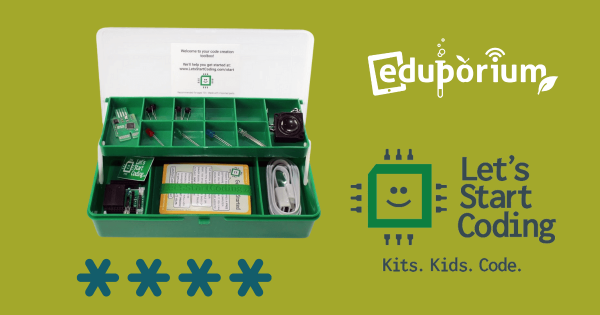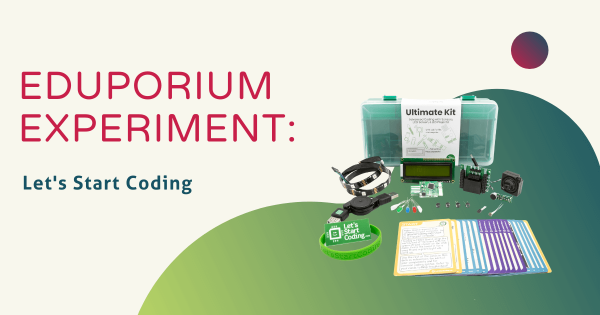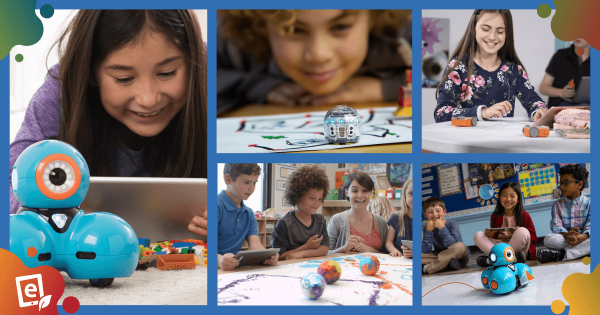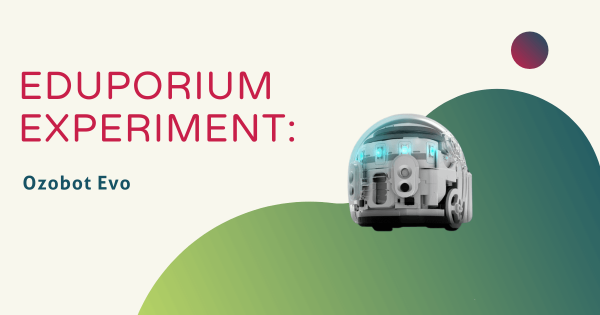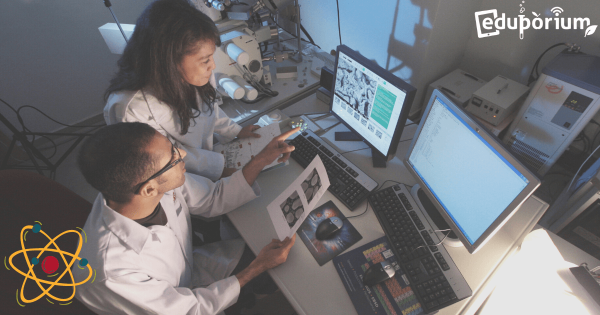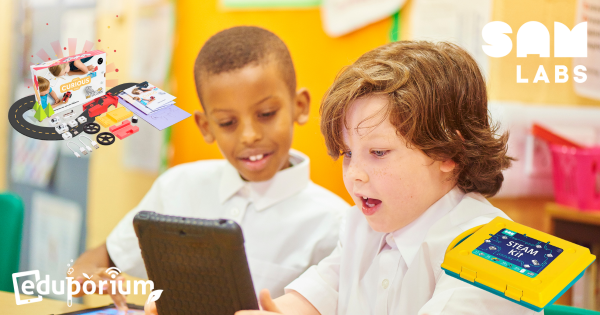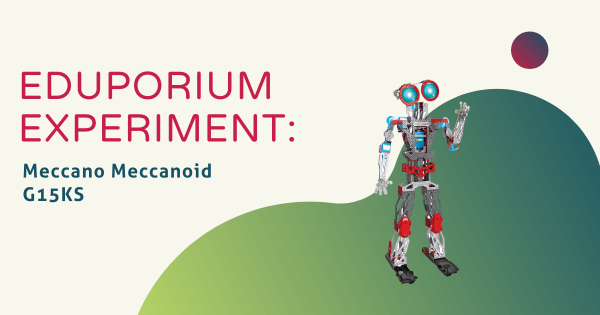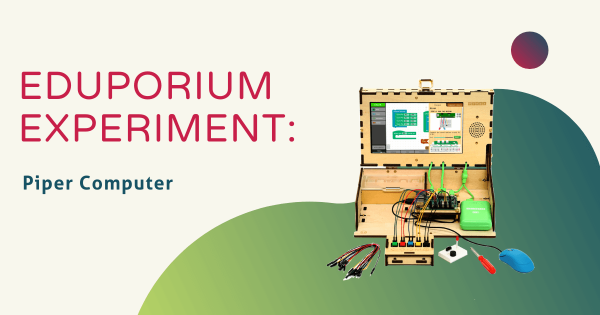Some educators prefer to stay away from screens altogether. With that being the case, how can we make sure students are still getting the 21st century education that they need to succeed? Luckily, early childhood education companies, like Primo Toys, are aware of this issue, and they care very much about making this type of critical education accessible.
Coding
Coding is, of course, a hugely important area of 21st century education. Whether they're as young as Pre-K or ready to enter college, coding is extremely relevant to almost every student's future. Thankfully, millions of educators and administrators realize the importance of teaching kids to code. Whether it's a curricular requirement or part of an informal school club, programming experiences are amazingly valuable for students. There's also plenty of options, so educators can find something without complicated or pricey features. In this section, you'll see a lot of different topics related to K-12 coding. These include features on particular STEM tools, insights on coding integration, skills students can develop and more. There's also something for teachers of all grade levels. Whether you teach the early grades or have students with the foundation to take the next step, you'll find helpful resources for teaching coding in the classroom.
Coding is truly an experience that all K-12 students can have. Starting in the early grades, students can code screen-free with a tool like the Cubetto Robot. Then, they can start to increase their coding skills and explore Blockly environments using tools like the Dash Robot, Ozobot Evo, and many others. From there, students can explore a bunch of different languages, like Snap!, Scratch, MakeCode, and more and, eventually, expand their skill sets by exploring text-based languages, like JavaScript and Python. All the while, the STEM solutions we advocate for also allow students to learn the most important coding concepts, like loops, variables, inputs, conditionals, and syntax. With a natural progression that leads to increased computer science competencies and enhanced future readiness, it's tough to understate the relevance of coding experiences in the classroom.
-
7 High School STEM Tools That Are Driving Student Success
Technology is an invaluable catalyst for deeper learning experiences in the early grades, but, by the time students get into their high school years, it is more of a necessity. The new modern workforce is filled with an increasing number of STEM jobs that require applicants to utilize coding, 3D printing, or some other emerging skill. Here are seven options to explore.
-
Two Cool Kits To Get Kids Coding In Kindergarten
If you want your kids to start coding, you’re not alone. And you have come to the right place! By the time that elementary-aged students enter into the future workforce in 10 or 12 years, coding will be as mandatory as showing up for work. Luckily, we have these new secrets to help children get ahead of the game—the Base and Ultimate kits from Let’s Start Coding.
-
Eduporium Experiment | Let's Start Coding Kits
Students are often required to use a computer and work with digital modules to get familiar with coding languages and syntax (i.e. code.org). While this is a great and invaluable tool for teaching coding, there is so much more that kids can do with code—especially when it comes to applying what they know to real-world scenarios!
-
9 Techy Toys that Boost Skills in K-2 Kids at Home
Many kids these days are happy holding a smartphone in their hands and using their thumbs to navigate a number of screens while opening dozens of apps they may or may not even understand. It’s also become clear that kids love technology. Here are some of the best ways to combine child-friendly play with beneficial technology to get kids excited.
-
Eduporium Experiment | Ozobot Evo
The original Ozobot has made a huge impact in the field of STEM education with its accessible and intuitive control scheme and the Ozobot team is continually working hard to give students even more ways to learn. The Evo does everything the original Ozobot can do, including following lines of color-coded programming drawn by hand.
-
Student-led Learning Builds Real-world Readiness
Students aren’t always guaranteed success by sporting straight A’s on their report cards—they need authentic experiences with real-world projects, coding, and collaborating. They also need to take charge and lead their own learning—and that is why many school districts are ditching the old ways and focusing more on student-led learning.
-
Prepare Your Child for Life...With SAM Labs' Innovative STEM Kits
Your kids can learn key computer science skills. They don’t even need the most expensive equipment. They don’t need to be a genius. All they need is a true love for playtime, a knack for creativity, and one of our NEW SAM Labs kits! Coding is the No. 1 skill today’s kids will need to know, so we’ve added these two kits to the Eduporium store to help them get started.
-
Eduporium Experiment | Meccano Meccanoid G15KS
It’s widely-accepted that robotics education is critical to building 21st century STEM skills because it combines so many essential disciplines depending on what each specific robot can do. I bring up my own history with robotics because it’s very relevant to this week’s post on the Meccano Meccanoid G15KS, one of the more complex STEM robots.
-
Eduporium Experiment | Piper Computer
The pi-top isn’t the only build-it-yourself computer on the market these days! As the Maker Movement snowballs in popularity, innovators are starting to wholly buy in to the idea that students need to learn not only in software skills, but hardware skills as well. This is where Piper, the wooden, kid-friendly, DIY laptop kit comes in and shines.




